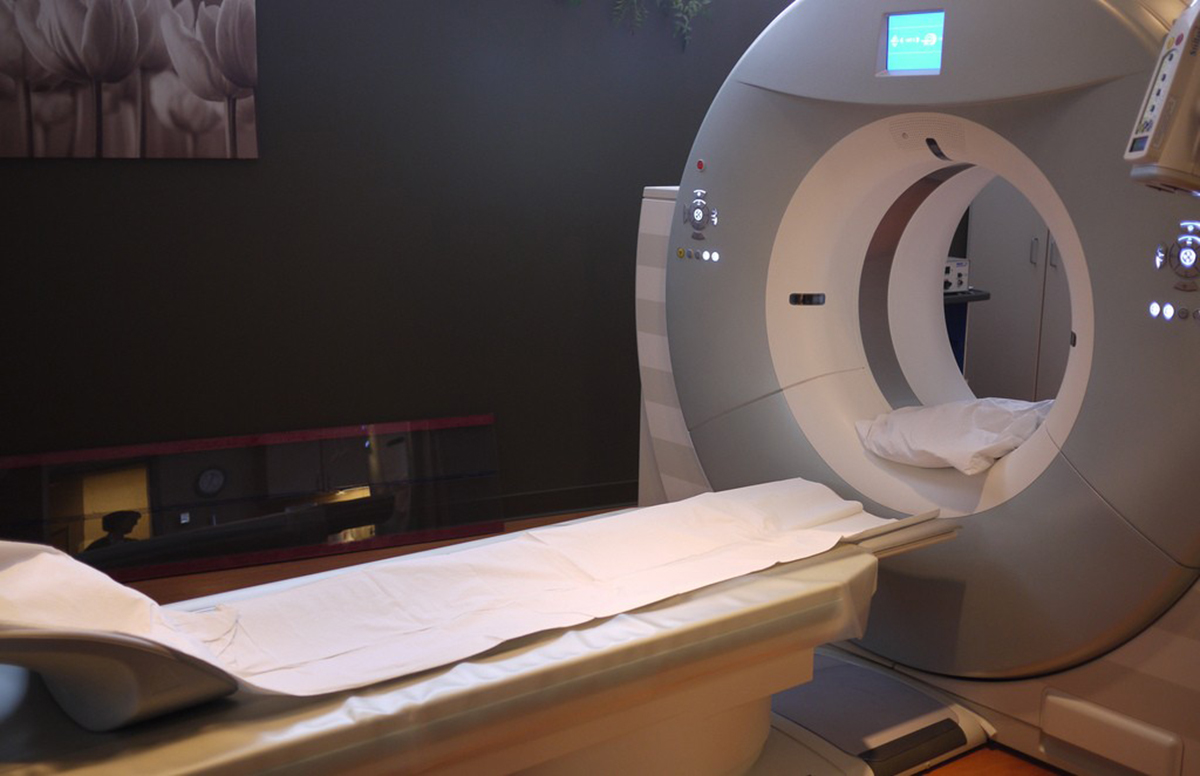Table of Contents
According to Hoeffel et al., the majority of Fetus in Fetu cases are diagnosed in infancy, more specifically before the age of 18 months. The infants usually present with a visible and palpable abdominal mass. A CT scan of the abdomen generally confirms the diagnosis. However though, medicine always presents with exceptions. In fact, there have been cases of fetus in fetu diagnosed during teenage years and adulthood. In 2006 for example, a 36 years old man from India (Nagpur) was diagnosed with fetus in fetu after having lived for all these years with abdominal distension. But even in those settings, the physical presentation is the same: chronic and non-resolving abdominal pain for years, presence of an abdominal mass (not mandatory to make the diagnosis).

In adults who are diagnosed with the condition, they usually present to the hospital with complications of the condition, which leads to the diagnosis.
In the case of Sanju Bhagat (the abovementioned 36 years old Indian man), the parasitic twin had grown so big that it started compressing the diaphragm, causing breathlessness and other troubles breathing that prompted the patient to rush to the hospital. The patient had had a huge abdominal mass for his entire life. In other cases, the mass can compress the kidneys leading to kidney problems, the spleen (putting the patient at risk of internal bleeding) or even the internal vessels (abdominal aorta, mesenteric vessels), thus decreasing the blood supply to the intestines and the pelvis and putting the patient at risk of bowel infarction.
The most important imaging technique used to diagnose this condition is an abdominal CT scan. Specific findings have been described by Nocera et al; that are peculiar to the CT appearance of a fetus in fetu. This includes the presence of a mass that consists of a round or tubular collection of fat surrounding a central bony structure. More importantly, a vertebral column alongside with long bones should be identified to confirm the diagnosis. When the patient presents in an acute setting (like in the case of the 36 years old Indian man), the diagnosis can only be made post-operatively, after an exploratory laparotomy.
Treatment
The recommended treatment for fetus in fetu is surgical removal of the parasitic fetus. In patients that are diagnosed in adulthood, it is possible for them to develop a bond with their twin brother or sister, and they might refuse to proceed to the removal of their parasitic twin. However, care should be taken and adequate advice should be given regarding the benefits of doing the procedure and the risks of not doing it.
See Also: Placental Complications During Pregnancy And Birth
Fetus in Fetu in popular culture
As far as the medical literature is concerned, fetus in fetus was first described in the late 28th century, by Meckel. As of 2000, there were 79 identified cases. However, this number has considerably increased since then. For instance, in September 2009, a toddler native of China (Kang Mengru) was diagnosed with the condition and underwent a 10-hours surgery to remove the parasitic twin. In 2008, Sam Esquibel (who was a toddler then) underwent brain surgery for the removal of a “foot” and other body parts growing in his brain. Several other cases of fetus in fetu are available in the medical literature.
- Photo courtesy of lunar caustic by Flickr : www.flickr.com/photos/lunarcaustic/2128618333
- Photo courtesy of Thirteen Of Clubs by Flickr : www.flickr.com/photos/thirteenofclubs/5457976870
- abcnews.go.com/Health/man-twin-living-inside-medical-mystery-classic/story?id=2346476
- pubs.rsna.org/doi/full/10.1148/radiology.214.3.r00mr32735
- en.wikipedia.org/wiki/Fetus_in_fetu
- health.howstuffworks.com/pregnancy-and-parenting/pregnancy/issues/carrying-my-own-twin1.htm
- abcnews.go.com/Health/man-twin-living-inside-medical-mystery-classic/story?id=2346476
- www.todayifoundout.com/index.php/2013/08/the-fetus-in-fetu/


Your thoughts on this